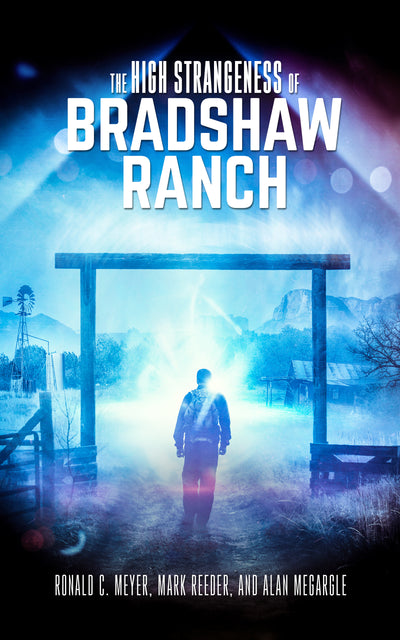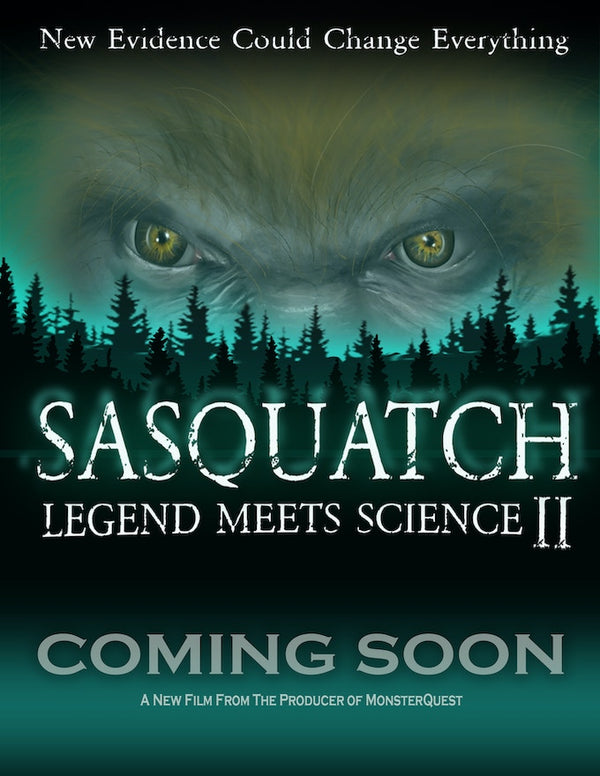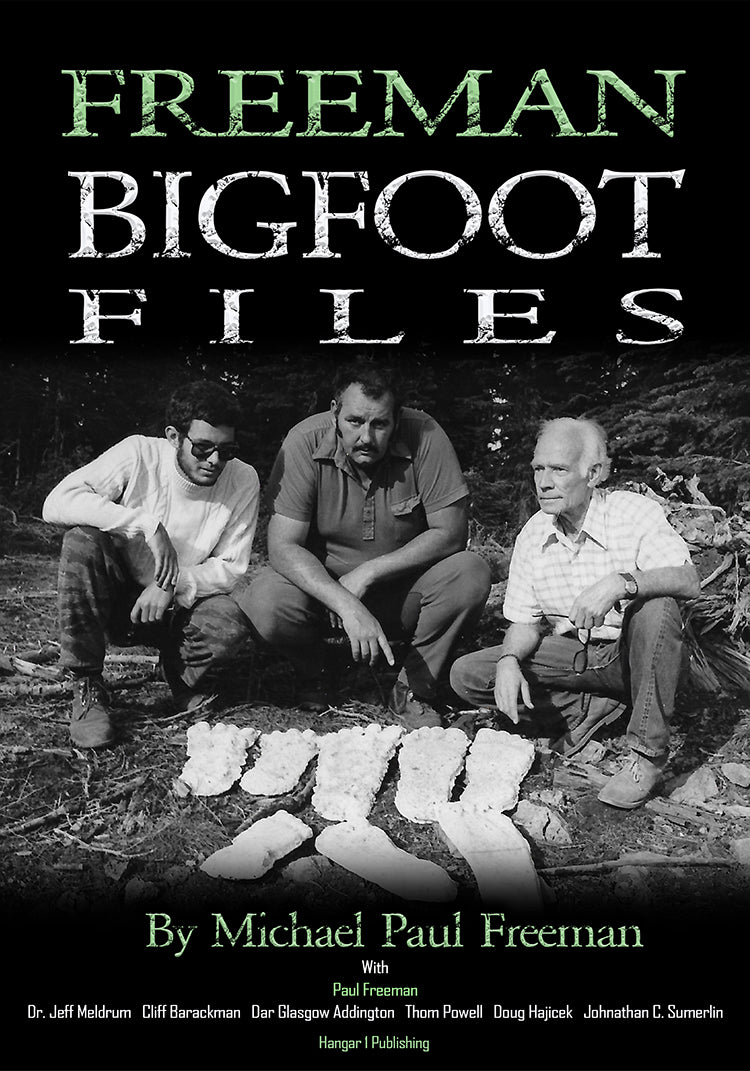Palpa Lines: Where Ancient Mysteries Meet AI-Powered Discovery

By Amara Okafor, Ufologist
I'll be honest: I didn't visit Peru's Palpa Valley expecting to find alien artifacts. I went because a materials science colleague mentioned something intriguing during a conference coffee break. She'd read about AI-accelerated discovery of ancient geoglyphs using high-resolution imaging, and as someone who spends my days analyzing isotopic ratios and crystal structures, the idea of applying pattern recognition algorithms to archaeological mysteries got my attention.
What I found changed how I think about the relationship between technology and ancient enigmas. The Palpa Lines aren't just Nazca's lesser-known cousin. They're older, more accessible, and thanks to recent technological breakthroughs, they're sitting on a mountain of open data that any researcher with the right tools can analyze. Including those of us who wonder whether certain sites might exhibit unusual properties worth measuring.
Why Palpa Deserves Its Own Spotlight
Most people have heard of the Nazca Lines, those giant drawings etched into Peru's desert floor that you can only appreciate from an airplane. But Palpa's geoglyphs tell a different story. Instead of requiring an expensive overflight, many of these designs were carved into hillsides and ridges, making them visible from the valley floors below.
Stand in the right spot, and you're looking at what amounts to ancient billboards. That's not speculation. GIS-based visibility studies confirm these locations were intentionally chosen for ground-level viewing. The placement isn't random; there's a statistically significant pattern of intervisibility between geoglyph sites.
Here's what makes this especially interesting: the Palpa geoglyphs predate most of the Nazca Lines. We're talking about the Paracas culture, which started creating these images around 400 BC. That's at least a couple centuries before their Nazca neighbors got into the geoglyph game. The anthropomorphic figures you see on Palpa's hillsides bear striking resemblance to designs embroidered on Paracas textiles.
The AI Revolution: 303 New Discoveries in Two Years
When I started digging into the recent research, I kept seeing the number 303. That's how many new figurative geoglyphs a 2022-2023 AI survey identified in the Nazca-Palpa region. To put that in perspective, this represents a 16-fold acceleration in the discovery rate compared to manual surveys.
The technology isn't magic. It's deep learning applied to high-resolution aerial imagery. But the implications are massive. For decades, the Nasca-Palpa Project has been creating detailed 3D digital archives using aerial photogrammetry. That work documented over 1,500 geoglyphs through painstaking manual analysis. Now algorithms can scan the same terrain and spot patterns human eyes miss.
The 2017-2018 GlobalXplorer initiative discovered more than 50 new figures using drones and satellite imagery, many of them attributed to the Paracas culture. These surveys proved that low-altitude drone flights could detect smaller, fainter figures that traditional aerial photography missed.
What This Means for Independent Researchers
Here's where it gets exciting for anyone outside mainstream archaeology. Much of this data is becoming publicly available. The German Archaeological Institute has been publishing their orthomosaics, DTMs, and 3D models through repositories like iDAI.world. The UNESCO World Heritage site documentation includes boundary maps and official reports.
I spent weeks downloading datasets, learning to manipulate them in GIS software. You can too. The tools are there. The data is there. What you choose to look for is up to you.
The 1,200-Year Construction Timeline: What It Really Tells Us
Let me address the elephant in the room. Some people claim the Palpa and Nazca lines were built as landing strips for alien spacecraft. I'm open to unusual explanations when the evidence supports them, but the chronological data here is unambiguous and damning to that particular theory.
Multiple dating methods converge on the same conclusion: these geoglyphs were constructed over at least 1,200 years, from roughly 400 BC to AD 800. That's not one engineering project. That's 40 generations of people adding to a living tradition.
The evidence is layered, literally. Radiocarbon dating of a wooden post from a stone structure on a Palpa trapezoid yielded a date of AD 603-644. Ceramic sherds found at geoglyph sites span the entire Paracas-Nasca sequence. Stratigraphic analysis shows figures built on top of other figures, with consistent patterns: anthropomorphic figures tend to be earlier than straight lines, and large trapezoids often cover more elaborate earlier designs.
This kind of multi-generational construction tells a story about culture, ritual, and social organization. People returned to these sites repeatedly over centuries. They modified existing designs. They added new ones. The soft desert ground shows compaction from repeated foot traffic along the lines.
If these were runways, they're the most impractical runways imaginable. The ground is soft. Ceramic offerings were deliberately smashed and left on the lines. Any landing would destroy them. And why would you need runways that took 1,200 years to build?
The Maussan Hoax: A Cautionary Tale We Need to Remember
In September 2023, ufologist Jaime Maussan made international headlines when he presented alleged alien mummies to the Mexican Congress. He claimed they were discovered in a cave between Palpa and Nazca in 2017. The bodies looked bizarre, with elongated skulls and three fingers.
The story fell apart fast. Forensic analysis by Peruvian archaeologists revealed the figures were fabricated dolls assembled from animal and human bones, held together with modern synthetic glue. The whole thing was connected to a grave-robbing scandal.
This matters because it's exactly the kind of thing that makes serious inquiry harder. When someone with a platform presents fabricated evidence without proper scientific validation, it poisons the well for everyone. DNA analysis, chain-of-custody documentation, peer review-these aren't bureaucratic obstacles. They're how we distinguish real anomalies from wishful thinking.
The Maussan incident taught me something. If you're going to make extraordinary claims, your evidence needs to be extraordinary-and verifiable. That's not asking too much.
What the Lines Actually Are (Probably)
The mainstream archaeological interpretation is built on decades of fieldwork and hundreds of excavations. The geoglyphs functioned as a complex ritual landscape tied to water, fertility, and social organization.
The physical evidence is compelling. Stone platforms and cairns on Palpa geoglyphs contained ritual offerings: Spondylus shells (symbols of ocean water and rain), maize cobs, crawfish remains, textiles. Ceramic vessels were intentionally smashed at the edges of lines and trapezoids.
The compacted surfaces indicate repeated walking by groups in processions. The high visibility of hillside figures suggests they served as public displays, allowing different social groups to mark territory and negotiate status. Visibility studies show the placement allowed people in valleys or on opposing hillsides to witness activities performed on the lines.
Early theories about astronomical alignments as a giant calendar haven't held up to statistical testing. While some individual lines do align with the sun or bright stars, the number of these alignments isn't statistically significant for the system as a whole.
The Data Gap: What We Don't Know About Palpa and UAPs
Here's what I found frustrating as someone who came to this topic hoping to test hypotheses about anomalous phenomena: there's essentially no modern, systematic data on UAP sightings in the Palpa-Nazca region.
I searched. I dug through databases. I found no credible, documented UAP sightings specific to the area. There are anecdotal claims. One unverified 1972 daylight disc report south of Nazca. But nothing with verifiable data: timestamps, multiple witnesses, instrumented measurements.
That's a genuine gap. We have centuries of human activity creating these geoglyphs. We have no baseline data on whether the area exhibits any unusual aerial phenomena at rates different from random desert locations.
Which leads me to an idea.
A Testable Proposal: The Palpa Anomaly Detection System
What if we stopped arguing about ancient astronauts and started collecting actual data? The infrastructure exists. The legal pathways are clear. The technology is affordable.
Peru's cultural heritage law (Ley 28296) and drone regulations allow scientific equipment deployment with a research permit from the Ministry of Culture. The process requires collaboration with a registered Peruvian archaeologist and about 60 days for approval.
Here's what a pilot program could look like:
Instrumentation Package
- All-Sky Cameras (3 units): Dual-band (visible/near-IR) systems like those used by the Global Meteor Network, deployed at key viewpoints to capture meteors, satellites, aircraft, and any unidentifiable phenomena
- Infrasound Microphones (2 units): To detect low-frequency sound waves from meteors, geological activity, or anomalous sources
- Magnetometers (2 units): To record local magnetic field variations
- RTK/PPK-Enabled Drone: For periodic high-resolution surface mapping to monitor for ground disturbances
Estimated initial hardware cost: $15,000-$25,000 USD.
Testable Hypotheses
Instead of vague claims, we'd test specific questions:
- Do anomalous aerial light phenomena cluster spatially over specific Palpa geoglyph complexes at rates exceeding background noise?
- Are specific geoglyphs associated with localized, non-seismic infrasound or magnetic field fluctuations?
- Do the orientations of Palpa trapezoids correlate with non-random, non-celestial vectors?
Each hypothesis has a null hypothesis. Each can be falsified. That's science.
Why This Matters
Success isn't "proving aliens exist." Success is generating a high-quality, open-access dataset that lets us test claims rigorously. We'd differentiate known phenomena (meteors, Starlink trains, aircraft) from genuine anomalies. The data would be public, archived with a DOI, available for anyone to analyze.
The photogrammetric recording methods pioneered by the Nasca-Palpa Project give us templates for non-invasive monitoring. 3D recording techniques let us document without disturbing. All on-site activity would be non-invasive, with strict visitor caps and ground vibration monitoring.
The Tourism Infrastructure Problem
Current tourism heavily favors Nazca overflights, leaving Palpa's ground-accessible sites underdeveloped. The main viewpoint, the Mirador de Llipata, is a metal tower in poor condition, lacking basic facilities.
This represents both a problem and an opportunity. Official management plans acknowledge the infrastructure gaps. The Sistema de Gestión documents note the potential for ground-based tourism.
Imagine night-sky tours at sites like the Telar de Sacramento. Low-impact, culturally respectful, generating revenue for local communities. You could combine ancient geoglyph viewing with astronomy education, bypassing the cost and carbon footprint of airplane tours.
Protection Challenges and Citizen Science
While the Palpa Lines are part of a 75,358-hectare UNESCO World Heritage site, many geoglyphs lie outside the formally protected core area. Peru's Ministry of Culture issued Viceministerial Resolution 000077-2024-VMPCIC/MC ordering the redrawing of legal boundaries to better match the actual distribution of figures.
Limited government funding for comprehensive monitoring creates an opening. Conservation organizations like ICOMOS have highlighted threats from illegal mining, agriculture, and vehicle traffic. They've pushed for stronger protection measures.
Citizen-science partnerships could help. Ufology and astronomy groups could establish stewardship agreements to provide periodic drone imagery, monitoring threats and documenting site conditions. The Dirección Desconcentrada de Cultura de Ica handles on-the-ground management and might welcome support.
If You Visit: A Code of Conduct
The Palpa Lines are fragile. Desert pavement takes centuries to form. A single footprint can last decades. If you visit these sites, you share responsibility for their preservation.
Stay on designated paths. Never walk on the geoglyphs themselves. Use official viewpoints like the Mirador de Llipata.
No drones without permits. Flying drones over archaeological sites in Peru is illegal without authorization from both the Ministry of Culture and the DGAC. The resolution process exists for a reason.
Leave no trace. Pack out all trash. Don't touch or move stones. The arrangement of stones is the archaeological record.
Share responsibly. If you capture high-resolution imagery, consider sharing it with researchers or the Ministry of Culture. Publish data under open licenses to encourage further study.
Where the Evidence Leads
I came to Palpa looking for mysteries. I found them, but not the kind I expected.
The mystery isn't whether aliens built landing strips. The archaeological evidence decisively answers that: no. The 1,200-year construction timeline, the ritual offerings, the visibility studies-they paint a clear picture of human cultural practice.
The real mystery is why these specific forms were created and revisited for over a thousand years. What drove people to return to these hillsides generation after generation? What did they experience here that we've lost? Those are questions worth exploring.
The mystery is also in the data gap. We have zero systematic, instrumented observations of potential aerial anomalies at Palpa. That gap could be filled. The legal pathways exist. The technology is affordable. The site is accessible.
As a materials scientist, I'm trained to follow evidence wherever it leads. The evidence here leads to fascinating questions about ancient culture, to spectacular advances in AI-powered archaeological discovery, and to genuine opportunities for rigorous investigation of phenomena we don't yet understand.
The Palpa Lines aren't proof of ancient astronauts. They're proof that humans can create monuments that endure for millennia, that inspire wonder across cultures and centuries. They're also proof that the best way to investigate mysteries is with precision instruments, open data, and testable hypotheses.
That feels more extraordinary than any alien runway theory. And unlike the conspiracy theories, it's a mystery we can actually solve-if we're willing to do the work.
The data is there. The tools are available. The only question is whether we're ready to look at Palpa as what it really is: an open-sky laboratory where ancient mysteries meet cutting-edge science, and where the next discovery might come from anyone with curiosity and rigor enough to make it happen.
From Bigfoot to UFOs: Hangar 1 Publishing Has You Covered!
Explore Untold Stories: Venture into the world of UFOs, cryptids, Bigfoot, and beyond. Every story is a journey into the extraordinary.
Immersive Book Technology: Experience real videos, sights, and sounds within our books. Its not just reading; its an adventure.


























